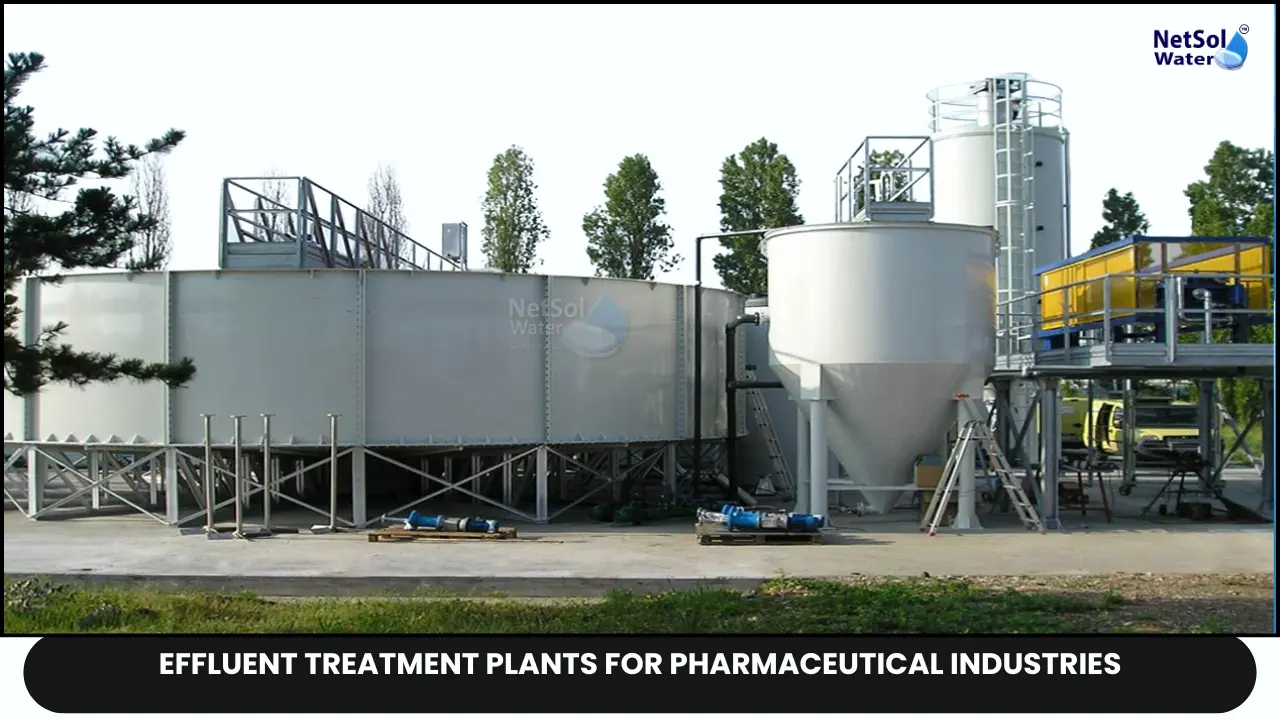Effluent Treatment Plants for Pharmaceutical Industries
As essential suppliers of life-saving and life-enhancing drugs, the pharmaceutical industry holds an ethical obligation to manufacture its products responsibly and with stringent environmental controls. However, pharmaceutical manufacturing processes generate complex wastewater streams laden with hazardous compounds like active pharmaceutical ingredients (APIs), solvents, disinfectants, and even heavy metals. Left uncontrolled, these toxic, bioaccumulative, and non-biodegradable contaminants from drug synthesis, fermentation, extraction, and equipment cleaning operations would severely impact ecosystems upon release. Conventional municipal sewage treatment methods prove insufficient for fully mitigating these unique pollutant streams as well.
To prevent ecological harm while complying with tightening regulations, pharmaceutical companies increasingly turn to deploying dedicated onsite effluent treatment plants. These multi-stage systems integrate advanced physicochemical and biological processes explicitly designed to capture, concentrate, and destroy recalcitrant pharmaceutical pollutants before discharge.
Pharmaceutical Waste Characteristics
Understanding the diverse pollutant profiles within pharmaceutical production wastewaters reveals the challenges underlying their responsible management:
Active Pharmaceutical Ingredients (APIs) - Despite low concentrations, residual drugs like antibiotics, hormones, and cytotoxic compounds can retain biological activity, disrupt endocrine systems, promote antimicrobial resistance, and prove toxic if bioaccumulated.
Organic Solvents - Manufacturing processes utilise organic solvents like acetone, methanol, toluene, and halogenated compounds as reagents and cleaning aids representing ecological hazards.
Antiseptic/Disinfectants - Chlorine, peroxides, surfactants, and other antimicrobials facilitate sterilisation and sanitation but create toxic byproducts.
Inorganic Pollutants - Heavy metals like chromium, arsenic, mercury, and cyanides originate from APIs, catalysts, and chemical processes.
With this complex situation of synthetic organic, inorganic, pathogenic, and halogenated contaminants defying biodegradability, advanced treatment barriers beyond conventional sewage handling have become imperative.
Multi-Barrier Treatment Strategies
To responsibly mitigate pharmaceutical wastewater hazards, facilities integrate these complementary treatment processes into robust multi-stage configurations:
Physical Separation using membrane bioreactors (MBRs), ultrafiltration, and reverse osmosis (RO) concentrate APIs, solvents, and metals into segregated brine streams for incineration or stabilised landfill disposal.
Advanced Oxidation Processes like ozonation, UV photolysis, Fenton chemistry, and electrochemical methods leverage highly reactive free radicals to break down recalcitrant organics like APIs and endocrine disruptors, which biological processes cannot metabolise easily.
Granular and Powdered Activated Carbon adsorption captures non-polar organic and heavy metal contaminants through surface binding mechanisms. Regenerative properties enable media reuse over multiple cycles.
Biological Treatment expanded to include enzymatic approaches that harness unique microbes like white rot fungi capable of degrading xenobiotic pharmaceutical compounds conventional bacteria cannot metabolise.
Emerging hybrid treatment processes systematically progress from initial oxidation and coarse solids removal through ever-tightening membrane barriers separating clean effluent from concentrated waste residuals.
Concentrated waste streams containing hazardous APIs, solvents, and heavy metals may undergo additional destructive, aggressive oxidation, solidification, encapsulation, or secured landfill disposal. Only rigorously decontaminated water can be responsibly discharged.
Conclusion
Amid escalating public and regulatory scrutiny around environmental compliance and sustainability practices, pharmaceutical makers maintain a duty of care to avoid toxic discharges. Their onsite effluent treatment plants ensure waste streams undergo dedicated rigorous decontamination before returning to headwaters. While representing significant infrastructure investments in capital equipment and operating resources, deploying advanced multi-barrier treatment solutions aligns with environmental stewardship principles. Only through strategic treatment train integration can hazardous APIs, organic solvents, disinfectants, and heavy metals be reliably eliminated.
Research efforts continue optimising synergistic technological combinations for efficiency and cost control. However, a treatment capacity race remains underway as new, more potent drugs and synthetic pathways continually elevate decontamination challenges. Responsible pharmaceutical manufacturing demands comprehensive effluent management - today's production cannot undermine environmental quality and public health protections tomorrow.
To explore customised commercial RO plants, Industrial RO plants, ETP or STP solutions for your needs in your areas and nearby regions, contact Netsol Water at:
Phone: +91-965-060-8473
Email: enquiry@netsolwater.com



